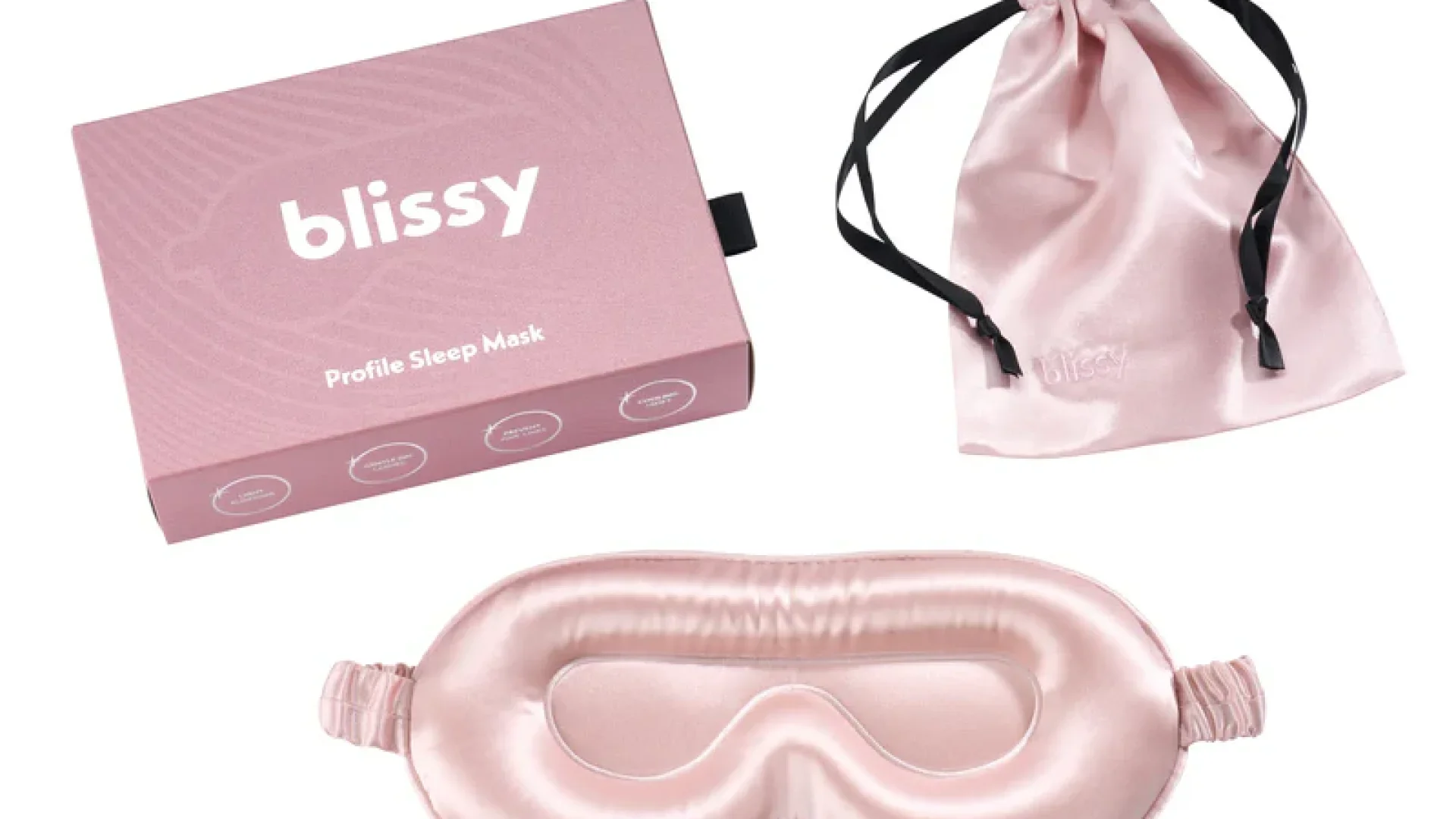10 savvy tips to save more money »
Learn how to change the way you save »
In 2004, Sherri Cook, 33, was diagnosed with narcolepsy, an incurable neurological disorder that can cause extreme daytime drowsiness and brief periods of paralysis. Cook used to skip doses of her medication because she didn’t have health insurance to cover the $260 she had to pay out-of-pocket for her 60-day supply. In order to extend the time between refills, she stopped taking her medication altogether, thinking “I was just focused on keeping my bills as low as possible.”
Cook, a single mom living in Washington, D.C., worked in a series of uninsured administrative positions for about a decade. During that time, she incurred $10,000 in debt for treatment of minor ailments for herself and her 11-year-old twins. “None of us had any life-threatening illness,” stresses Cook. “These bills were for wisdom teeth pulled, treatment for a sprained ankle, care for migraines and my prescriptions.” Cook landed a government job in 2006, finally providing her with full medical benefits, but she’s still working to pay down the debt and rebuild her assets.
How She Fought Back
Cook places regular calls to make settlement offers with various hospitals, doctors or collections agencies. She’s got the negotiating thing down, and often is credited for payment-in-full after making partial payments. “When I get my tax refund check in the mail, I’ll call the collection agency and ask for an invoice. Say the bill is $900. I’ll tell them I have $600. They’ll say they want $800 [to close the account] then I say I’ll send $600 and guarantee $100 in a couple of weeks when I get paid. This really works most of the time,” says Cook.
Honesty also works. By speaking openly to her physician about her financial challenges, there have been times when the doctor did not charge her for the office visit and she was responsible for the lab tests only. On several occasions, Cook has saved more than $100 per trip to the doctor.
###PAGE###
How You Can Fight Back
Don’t let the medical bills pile up on your kitchen table. Follow these simple steps to reduce payments and stay out of medical debt.
Choose the right plan. Prices differ based on the coverage needed. Increasing your deductible may lower your premiums. If you don’t go to the doctor often, another option is to increase your co-pay which could lower your premium.
Read your insurance policy and understand it. Even if a medical provider lets you charge your treatment to your insurer, it’s your responsibility to make sure your insurance company pays the bill and that you’re eligible for coverage for that service. You want to know your plan’s policy on getting second opinions and what it defines as an emergency, for starters. Be sure you know when pre-approval is required and what is the policy regarding emergency room visits. A good place to bone up on health insurance basics is healthywomen.org/healthtopics/healthinsurance.
Find out who’s in your network. Be sure all providers you use are in network, including diagnostics and rehab facilities. Don’t assume that your doc, who outsources these services, will always hook you up with the right one.
Find out about alternative coverage. Investigate federal programs like Medicaid (cms.hhs.gov) or insurekidsnow.gov to learn if you qualify for coverage.
Make the right call. Don’t schedule any visit, test or procedure without first calling the 800 number on the back of your insurance card to speak with someone about your coverage.
For more money-saving health care tips, pick up the April 2009 issue of ESSENCE, on newsstands now.





